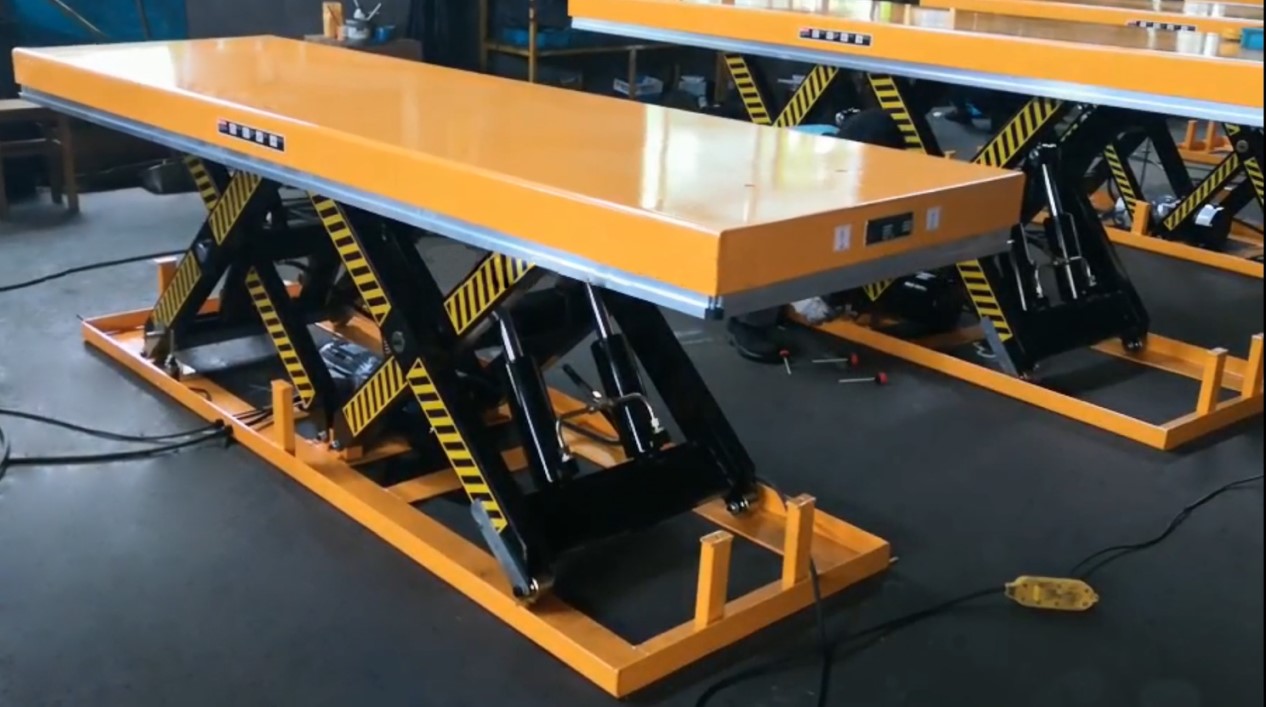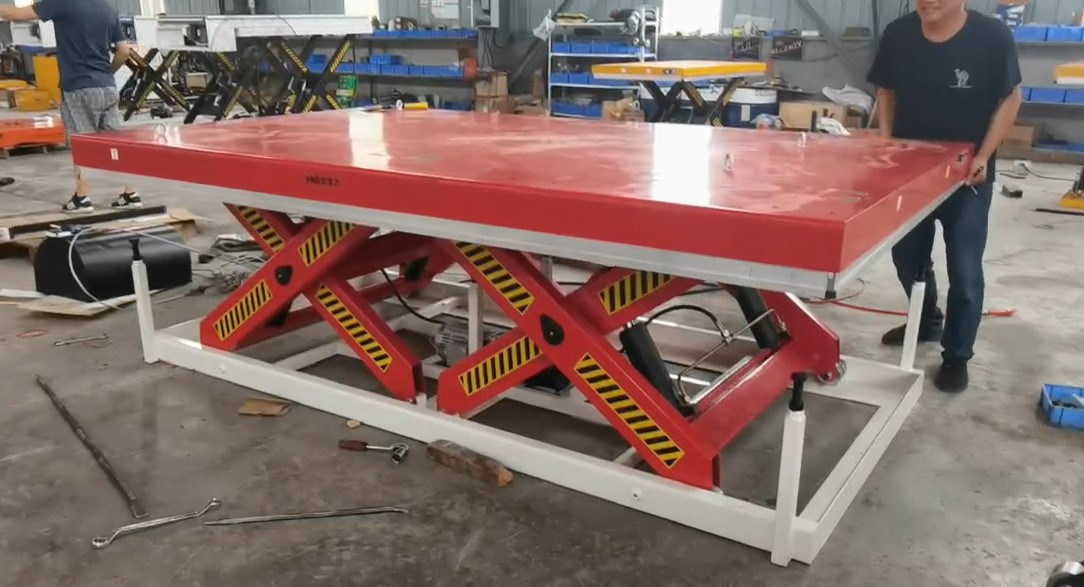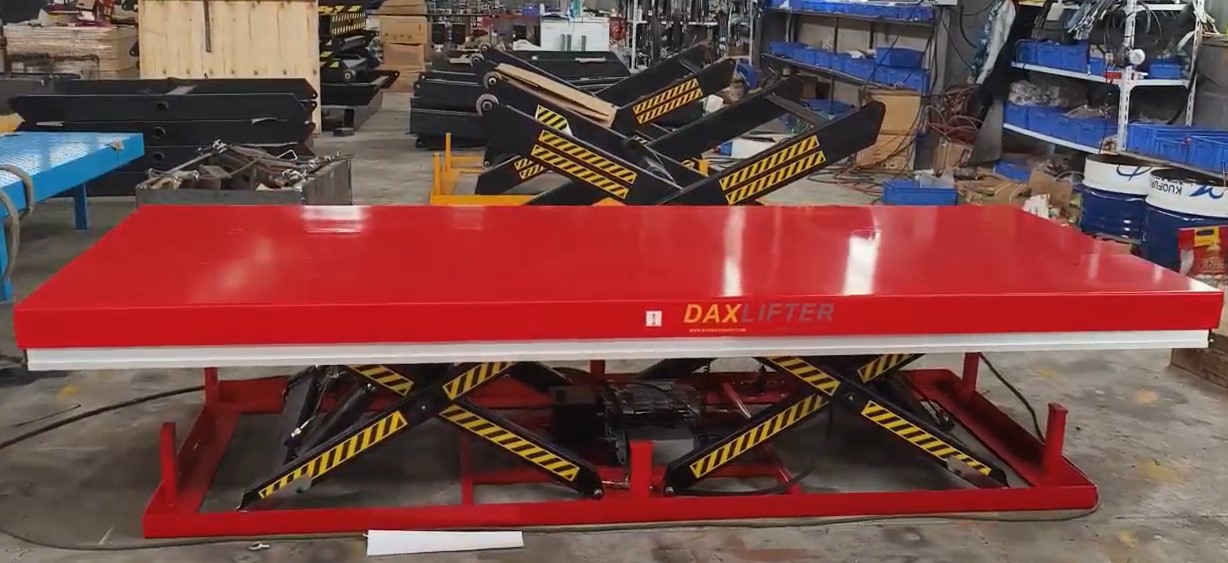When selecting a double scissor lift table, many users may feel uncertain about where to start. However, by clarifying your core requirements and focusing on a few key factors, you can make an informed and confident decision. The following guide outlines essential considerations to help you choose equipment that not only fulfills your functional needs but also aligns with your long-term goals.
The first step is to clearly define your specific use case and performance requirements. A double scissor lift table is more than just a lifting tool—it directly impacts workflow efficiency and operator safety. Therefore, payload capacity is the top priority. Accurately evaluate the maximum weight you’ll handle in daily operations to ensure the lift can operate reliably under its rated load. Moreover, if the lift will serve as part of an ergonomic workstation, consider whether it helps reduce operator fatigue and optimize working posture, improving both efficiency and safety.
Another critical yet often overlooked factor is synchronization performance. A high-quality double scissor lift platform maintains smooth, synchronized motion—both when lifting and lowering—even under uneven loads. This is achieved through advanced hydraulic or mechanical systems that effectively prevent platform tilt or vibration, ensuring safe and stable operation.
In addition, many manufacturers provide customized solutions, tailoring designs to your specific site conditions and functional requirements—an important advantage for non-standard work environments. Durability is also a key consideration: the quality of materials and overall construction directly affects service life and long-term operating costs. Choosing robust, well-built equipment ensures stable performance over years of use.
Compared with traditional single-lift table, double-lift table generally offer superior load capacity, larger platforms, and greater operational stability. Single-scissor designs, limited by a single arm structure, often fall short when handling long or heavy materials. Double-scissor models—especially tandem configurations—use two sets of parallel scissor arms to provide a longer, more rigid platform. This makes them ideal for handling bar-shaped materials or for integration into assembly lines. Their stronger hydraulic systems also ensure smooth lifting, even with uneven weight distribution—an essential feature in precision machining or human-robot collaborative environments.
Before finalizing your selection, evaluate your required lift height carefully. This includes not only the maximum height the lift can reach but also whether its travel range fits your workflow. For instance, a lift table should allow flexible height adjustments to accommodate operators of different statures. For automated loading or unloading, it must align precisely with other equipment on the production line. It’s best to assess the lifting range based on your overall material handling process, ergonomic needs, and potential future requirements. Some manufacturers even offer customizable lift travel—an option worth considering if standard models don’t fully meet your needs.
In conclusion, choosing a double scissor lift table requires a comprehensive, balanced approach. From load capacity and lifting stability to ergonomics and durability, every factor affects user experience and return on investment. By aligning equipment performance with your specific application, you can select a lift table that truly fits your operation—ensuring long-term safety, efficiency, and productivity.
Post time: Oct-25-2025



